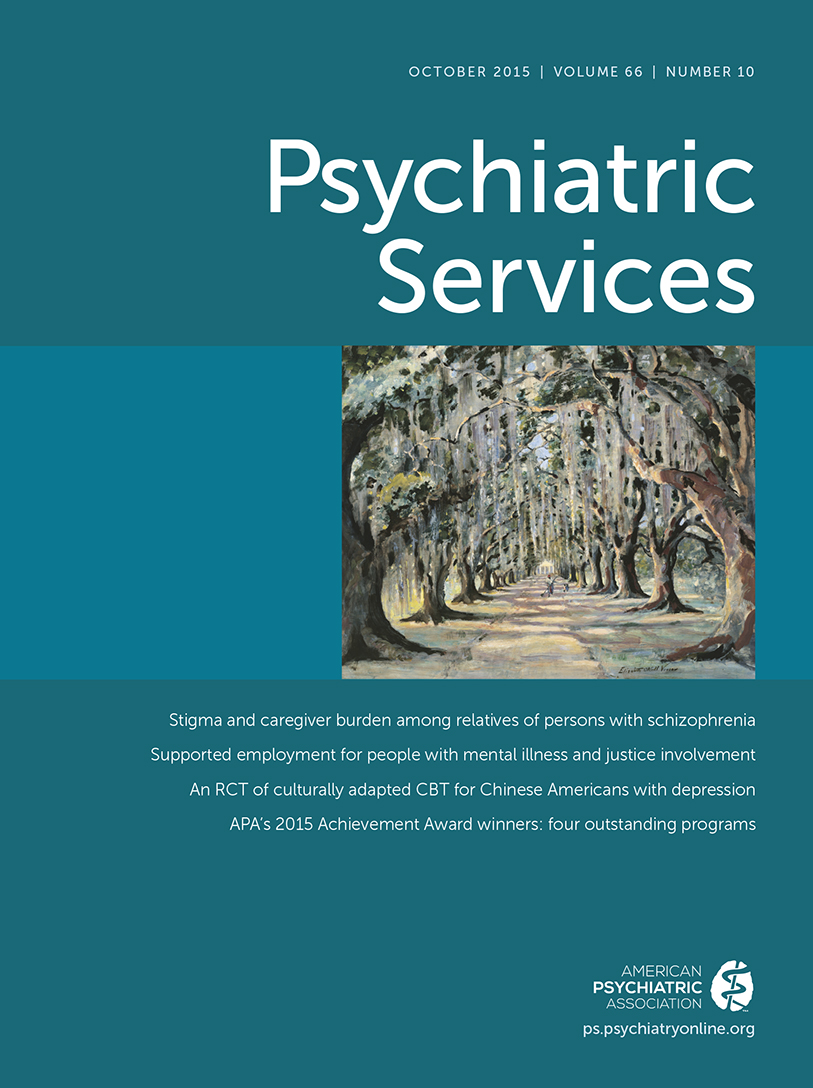Characteristics and Use of Services Among Literally Homeless and Unstably Housed U.S. Veterans With Custody of Minor Children
Abstract
Objective:
The study examined the number of homeless veterans with minor children in their custody (“children in custody”), compared sociodemographic and clinical characteristics among homeless veterans with and without children in custody, and observed differences in referral and admission patterns among veterans with and without children in custody for a variety of U.S. Department of Veterans Affairs (VA) programs for homeless veterans.
Methods:
Data were obtained from the VA Homeless Operations Management and Evaluation System for 89,142 literally homeless and unstably housed veterans. Sociodemographic, housing, health, and psychosocial characteristics of veterans were analyzed.
Results:
Among literally homeless veterans, 9% of men and 30% of women had children in custody; among unstably housed veterans, 18% of men and 45% of women had children in custody. Both male and female veterans with children in custody were younger and less likely to have chronic general medical conditions and psychiatric disorders compared with other veterans, but, notably, 11% of homeless veterans with children in custody had psychotic disorders. Veterans with children in custody were more likely than other veterans to be referred and admitted to the VA’s permanent supported housing program, and women were more likely than men to be admitted to the program.
Conclusions:
A substantial proportion of homeless veterans served by the VA have severe mental illness and children in custody, which raises concerns about the parenting environment for their children. Particular focus should be directed at VA’s supported-housing program, and the practical and ethical implications of serving homeless parents and their children need to be considered.



